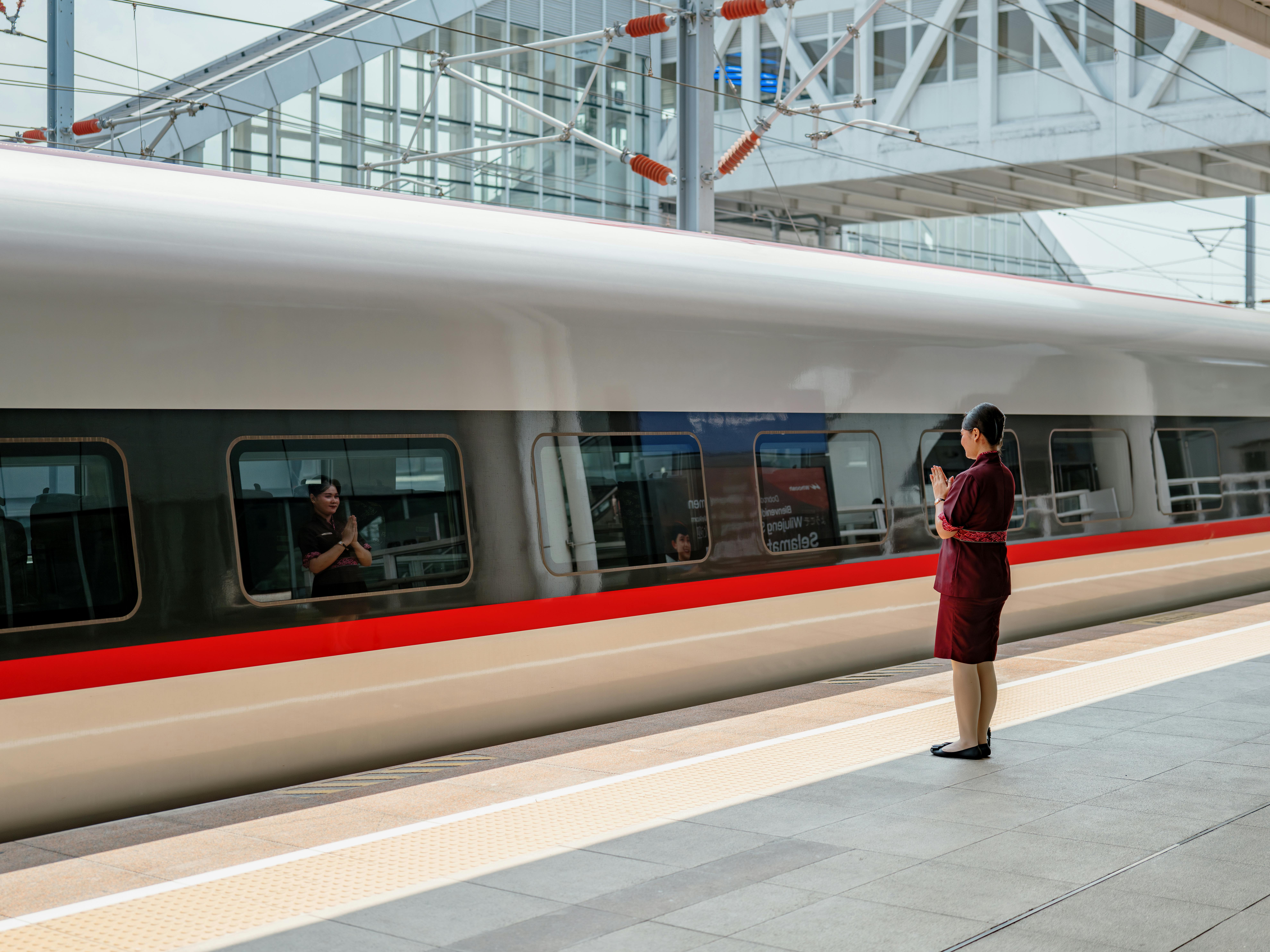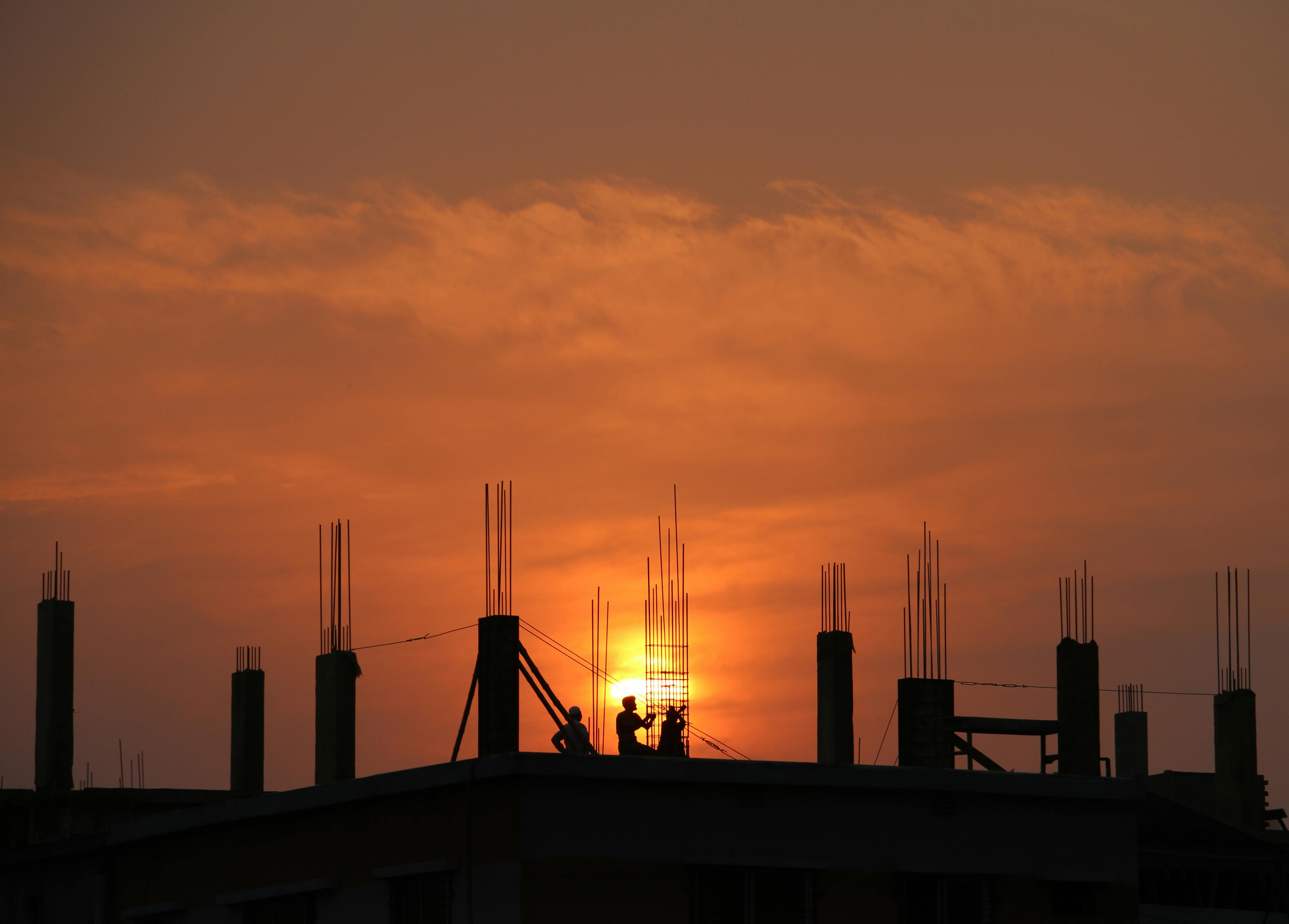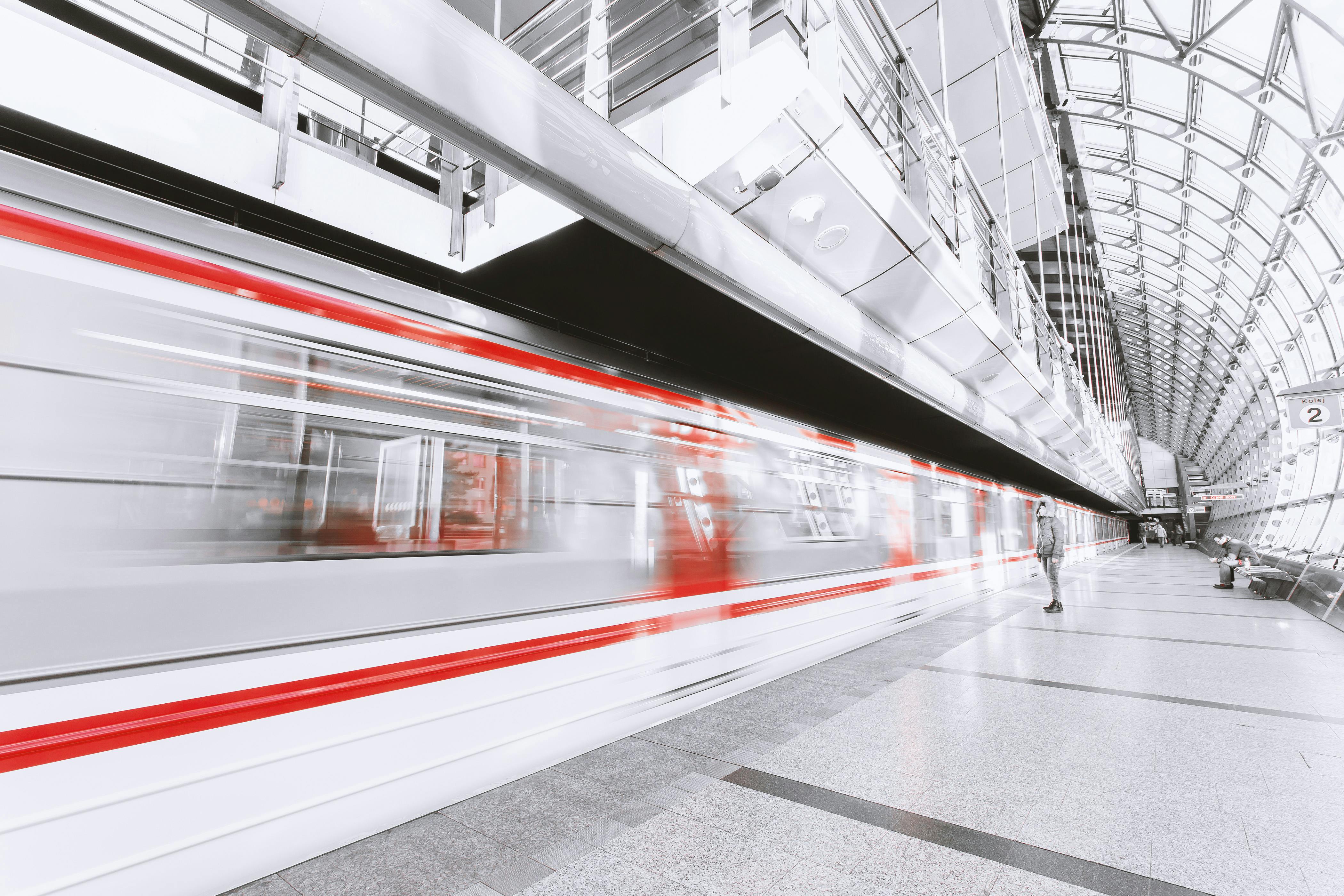The India high-speed train project is an ambitious initiative poised to transform the nation’s transportation infrastructure. This advanced system, often referred to as the bullet train, is a major step toward faster, safer, and more efficient travel. By integrating cutting-edge technology and meticulous planning, India aims to join the league of nations with operational high-speed rail networks.
Let’s explore the progress, challenges, and future prospects of the India high-speed train.
What is the India High-Speed Train?
The India high-speed train refers to rail systems capable of speeds exceeding 250 km/h, with the first corridor planned between Mumbai and Ahmedabad. Spanning 508 kilometers, this route will significantly reduce travel time from the current 6-7 hours to just about 2 hours, thanks to the advanced design and technology of the high-speed bullet train in India.
India Bullet Train Speed: How Fast is It?
The India high-speed train boasts a maximum speed of 320 km/h, making it one of the fastest trains globally. This speed will be achieved through the adoption of Japan’s Shinkansen technology, renowned for its precision and efficiency.
For comparison:
- India’s Vande Bharat Express: 180 km/h
- European TGV: 320 km/h
- Japanese Shinkansen: 320–360 km/h
This leap in speed is expected to revolutionize travel across India.
High-Speed Bullet Train in India: Key Features
- Advanced Technology:
India’s high-speed train employs Japanese E5 Series Shinkansen technology, known for its safety features like anti-derailment capabilities and earthquake detection systems. - Luxurious Passenger Comfort:
The trains will offer spacious seating, noise-proof cabins, climate control, and high-speed Wi-Fi, ensuring a premium travel experience. - Eco-Friendly Operations:
Running on electricity, the India high-speed train reduces greenhouse gas emissions, supporting India’s sustainability goals. - Stations Designed for Efficiency:
The route will include modern, well-equipped stations at major cities like Surat and Vadodara, featuring seamless boarding processes.
Why Does India Need High-Speed Trains?
- Time-Saving:
The India high-speed train reduces travel time drastically, enabling faster connectivity between economic hubs. - Economic Boost:
The high-speed rail network is expected to generate over 90,000 jobs, stimulate tourism, and enhance regional development. - Reduced Congestion:
By diverting passengers from overcrowded highways and airlines, high-speed trains help decongest existing transportation systems.
Current Status of High-Speed Train in India
- Mumbai-Ahmedabad Corridor:
The flagship corridor, covering 12 stations, is under construction. The project cost is estimated at ₹1.1 lakh crore, with significant financial and technical assistance from Japan. - Trial Runs:
Trial runs are expected by 2026, with full operation projected to begin in 2027. - Expansion Plans:
Additional corridors are planned, including Delhi-Varanasi, Delhi-Amritsar, and Mumbai-Nagpur, to expand the high-speed bullet train network across India.
Challenges in Developing High-Speed Trains in India
- Land Acquisition Issues:
Securing land for tracks and stations has faced delays due to disputes and regulatory hurdles. - High Costs:
The project’s financial requirements are significant, with costs primarily borne by loans and government funding. - Technical Adaptation:
Adjusting the imported technology to suit India’s climatic and geographical conditions is a challenge.
Comparing India Bullet Train Speed with Other Countries
| Country | Train System | Max Speed (km/h) |
|---|---|---|
| Japan | Shinkansen | 320–360 |
| France | TGV | 320 |
| China | Fuxing Hao | 350 |
| India | High-Speed Train | 320 |
This comparison highlights India’s entry into the elite group of nations with cutting-edge high-speed rail technology.
For High-Speed Train Information
- Indian Railways High-Speed Rail Project Overview
- Japan’s Shinkansen Technology
- Mumbai-Ahmedabad High-Speed Rail Details
Conclusion
The India high-speed train project represents a monumental leap forward for the country’s transportation sector. With state-of-the-art technology, eco-friendly operations, and significant economic benefits, this initiative will reshape the future of travel in India. As the first trains roll out, the nation moves closer to achieving its dream of a faster, more connected India.



